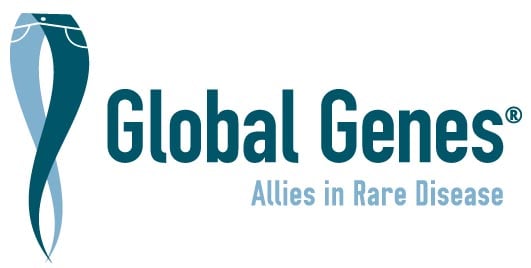SHOX-related short stature
SHOX-related short stature is a primary bone dysplasia characterized by a height that is 2 standard deviations below the corresponding mean height for a given age sex and population group in the absence of obvious skeletal abnormalities and other diseases and with normal developmental milestones. Patients present normal bone age with normal limbs shortening of the extremities (significantly lower extremities-trunk and sitting height-to-height ratios) normal hGH values normal karyotype and Leri-Weill dyschondrosteosis-like radiological signs (e.g. triangularization of distal radial epiphyses pyramidalization of distal carpal row and lucency of the distal radius on the ulnar side). Mesomelic disproportions and Madelung deformity are not apparent at a young age but may develop later in life or never.
Data from Orphanet are used to provide information on a disease's name, synonym(s), and overview.
Reference: Access aggregated data from Orphanet at Orphadata.
Orphadata: Free access data from Orphanet. © INSERM 1999. Available on http://www.orphadata.org. Data version April 2024
Newly diagnosed with
SHOX-related short stature?
Our RARE Concierge Services Guides are available to assist you by providing information, resources and connections as you navigate your rare disease journey.
Advocacy Organizations
Child Growth Foundation
Child Growth Foundation (CGF) makes a difference wherever growth is a concern. We are the leading UK charity focusing on the support, understanding and management of rare growth conditions to improve the lives of children, adults and families affected.
Syndromes Without A Name (SWAN) Australia
Provide information, support and advocacy to families caring for a child with an undiagnosed or rare genetic condition.
The Chandler Project
The Chandler Project brings awareness and shines a light on transformative research surrounding achondroplasia and other skeletal dysplasias by offering support to a global community and network of patients, parents, and caregivers seeking information on scientific discoveries, pharmaceutical advancements and surgical treatment options.
Clinical Trials
For a list of clinical trials in this disease area, please click here.
